Sign up for daily news updates from CleanTechnica on email. Or follow us on Google News!
Rivian today is more or less where Tesla was 10 years ago — struggling to ramp up production and sell enough cars to finance the growth of its business. It is facing challenges Tesla did not, however. For one, interest rates are higher today than they were when Tesla was ramping up production of the Model S.
For another, the fossil fuel crowd has woken up to find that electric cars really are viable and a threat to the demand for gasoline. Like the forces of evil in The Empire Strikes Back, they are pulling out all the stops to bash EVs and promote fear and confusion among prospective purchasers of electric cars.
There is one big difference. Where Elon Musk frittered away two precious years trying to get the falcon-wing doors on the Model X to work and another four years on the Cybertruck instead of bringing less expensive models to market, Rivian this week took the wraps off three new models that will expand its business into segments of the new car market where buyers are more price conscious.
New Rivian Midsize Platform
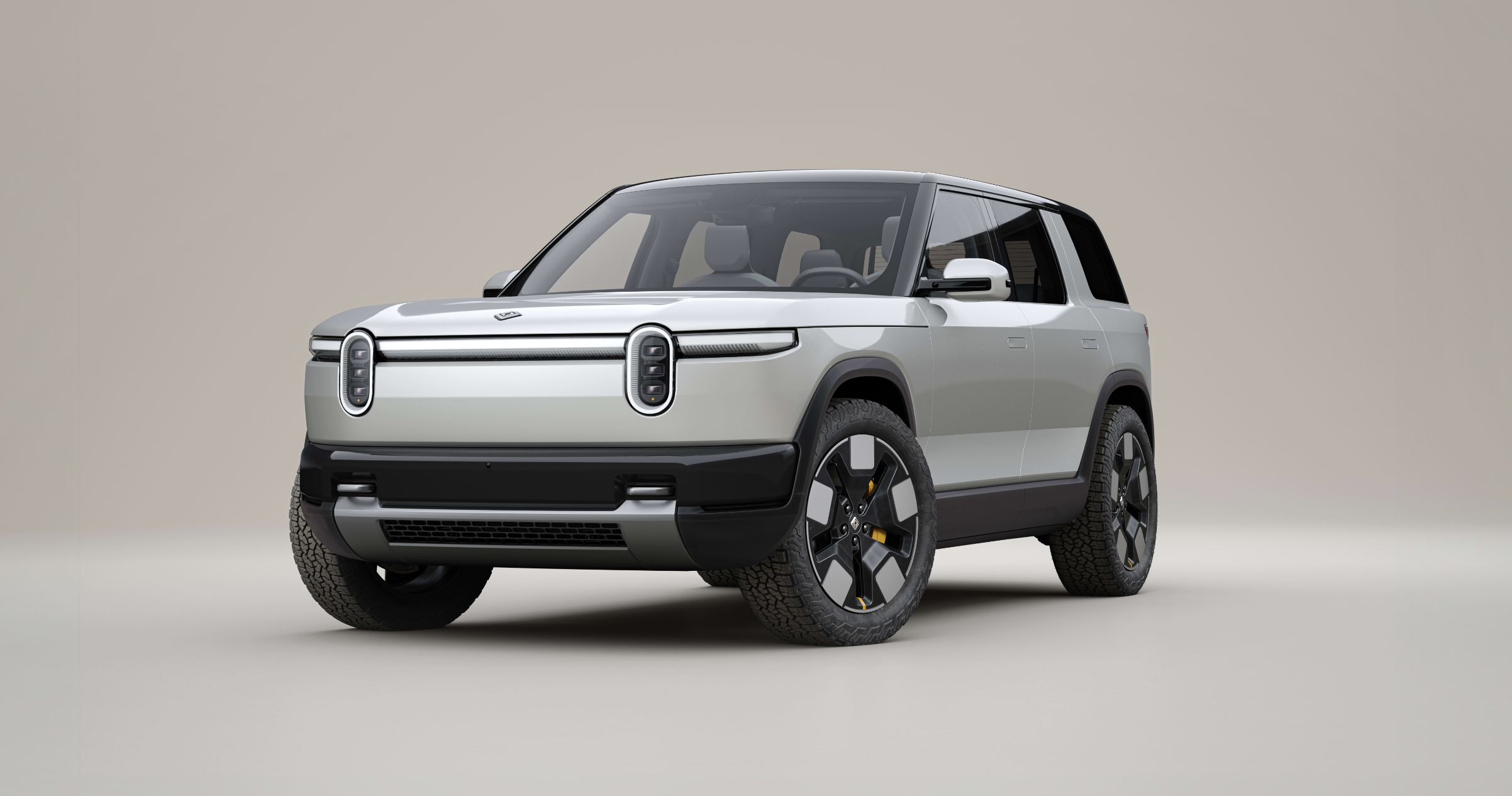
On March 7, 2024, Rivian introduced the R2, a five passenger SUV that is smaller than the R1S. That model has been expected for some time. What wasn’t expected was an even smaller R3 and a performance version of that car known as the R3X.
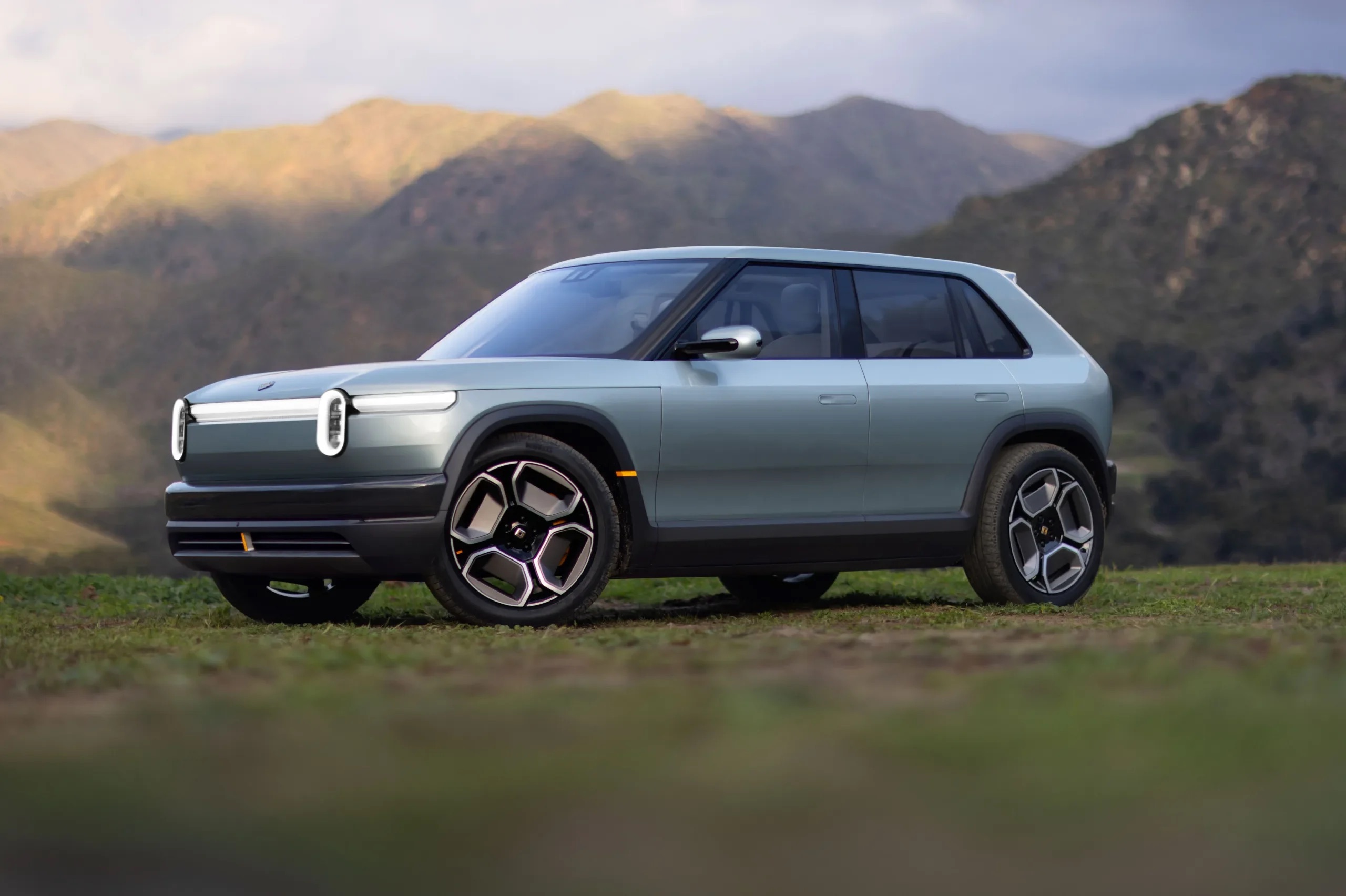
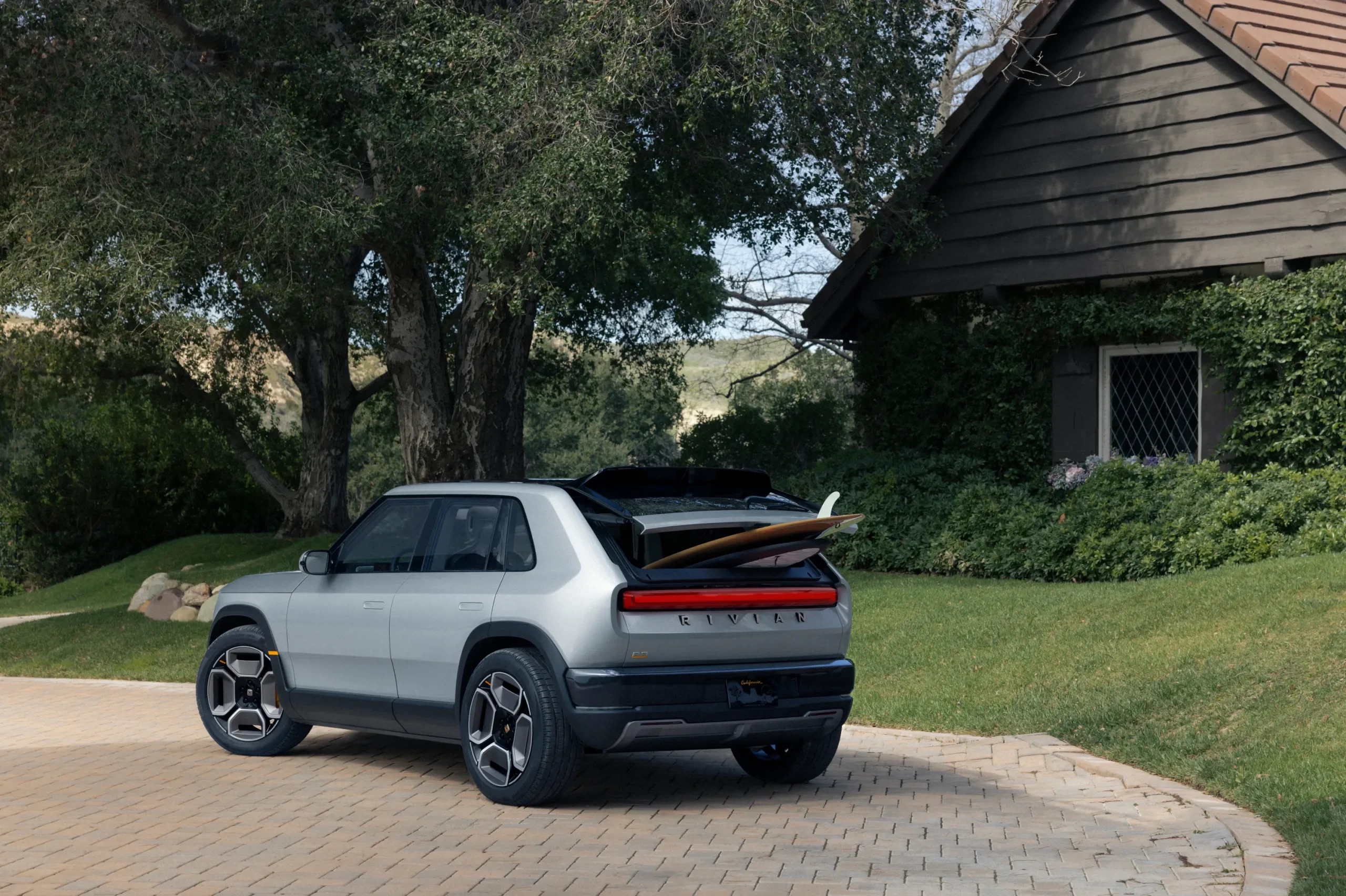

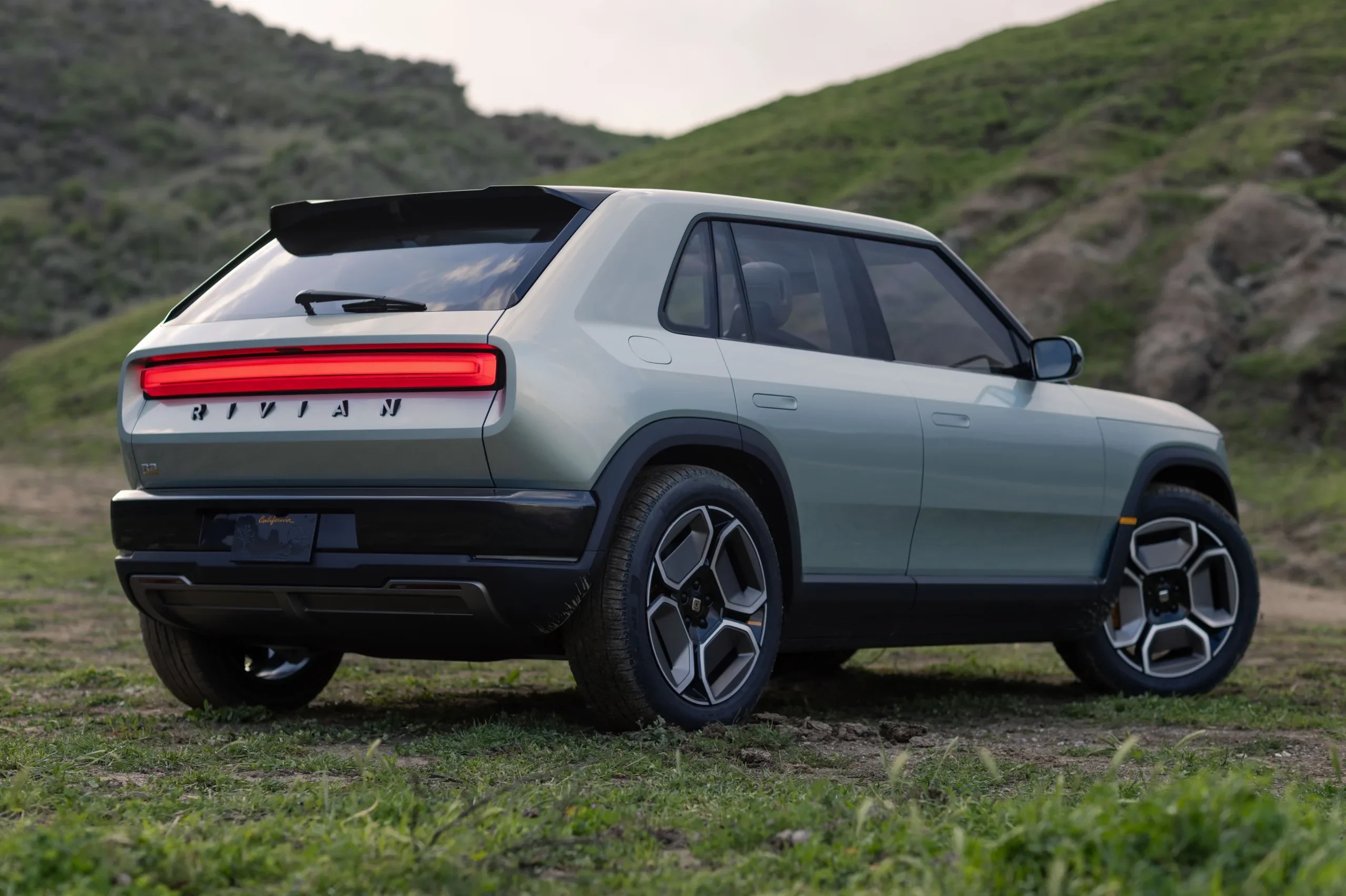
All three will be built on the company’s new midsize platform, which Rivian says consolidates and eliminates parts thanks to intelligent design that uses high-pressure die castings. In addition, there is a structural battery unit in which the top of the pack also serves as the floor of the vehicles built on that platform. There are also advanced closure systems that dramatically reduce complexity. The R2 and R3 will use the network architecture, computer topology, and software stack developed by Rivian.
Inside that battery pack is where the really big news is. Rivian is using 4695 cylindrical battery cells, which are 15 mm taller than the 4680 cells pioneered by Tesla. BMW is also using the taller cells in many of its Neue Klasse electric cars that will be coming to market in 2025, if not sooner. According to Motor1, the taller cells will have a higher amp-hour rating, which will allow them to charge and discharge at higher rates while making better use of regenerative braking systems.
Motor1 adds that the battery pack for the midsize platform consists of 3 large modules separated by heavy internal frame rails. Each module is 34 cells wide by 8 deep, for a total content of 272 cells. Assuming the cells are wired in series, that means the R2 and its siblings are using 1000V architecture — a big jump up from the 800V architecture that is becoming the norm in the industry.
“With three of these modules wired in parallel, the voltage will remain the same but the current available will go up considerably. We don’t know what the individual cell ratings are, but other 4695 cells are capable of pulse discharging at up to 10C, or ten times their rated capacity in amp-hours. This could mean available power as high as 900kW, or around 1,200 peak horsepower,” Motor1 says.
Rivian says both the R2 and R3 will feature two battery sizes. The larger pack will achieve over 300 miles of range on a single charge and offer 0–60 mph acceleration in under 3 seconds for the quickest powertrain configuration.
Rivian R2 Specs
The R2 is 185.6 inches long — 15 less than the R1S and about 2 inches less than the Tesla Model Y. It is 75 inches wide (84.4 inches with the mirrors) and 66.9 inches high. The wheelbase is 115.6 inches long. Reportedly, all the new models from Rivian will be available with a single rear motor, or in dual- and tri-motor configurations. The company says the base price of the R2 will be less than $45,000, with deliveries starting in 2026. The R3 and R3X are expected to be introduced at even lower prices after the R2 is launched. All three cars will come from the factory with NACS charge ports located in the rear to facilitate connection to Tesla Superchargers.
Rivian is promising a more powerful computer, complemented by a sensor suite that includes 11 cameras and 5 radars. The R2 will have “dramatically enhanced autonomous capabilities,” it said, but did not specify what level of automation that system will support other than to say the R2 and R3 will both provide “dramatically enhanced autonomous capabilities.”
“I have never been more excited to launch new products. R2 and R3 are distinctly Rivian in terms of performance, capability, and usability, yet with pricing that makes them accessible to a lot of people,” said Rivian CEO RJ Scaringe. “Our design and engineering teams are extremely focused on driving innovation into not only the product features but also our approach to manufacturing to achieve dramatically lower costs. R2 provides buyers starting in the $45,000 price range with a much-needed choice with a thoroughly developed technology platform that is bursting with personality. I can’t wait to get these to customers.”
Rivian chief design officer Jeff Hammond added: “Our R1 flagship vehicles served as our handshake with the world. With R2 and R3 our obsessive goal is to stay true to Rivian’s product attributes while making our products accessible to a lot more people. Through a tight integration of hardware, software, and human-centered design, we designed R2 by balancing form with function while building on our inviting and iconic design language.”
Rivian R2 Features
The R2 has extra legroom for rear-seat passengers. Both the rear seat backs and front seats fold for extra carrying capacity or for camping. The frunk is generous in size and the interior has two large gloveboxes where the R1s and R1T have none. The rear glass opens upward to allow long items to be carried with the tailgate closed, and there is an ingenious bicycle carrier available. The company says there are three features the R2 excels at:
- Adventure: R2’s four passenger windows and rear powered glass drop fully, and the powered rear quarter windows vent to invite the outside in, creating a unique open-air driving experience. With R3, its hatch-style design maximizes space while keeping a sporty, athletic silhouette.
- Space: With an extreme focus on rear-passenger legroom, even long trips in the R2 and R3 are comfortable. With the seats folding completely flat, ample sized front and rear trunks, and additional interior storage, there is space for everyone and all their gear.
- Refined Touches: Rivian’s new steering wheel with integrated haptic control dials makes it easier to stay focused on the road ahead. Materials balance durability and sustainability with easy-to-clean textiles and finishes.
Rivian R3 And R3X — Big Fun In A Smaller Package

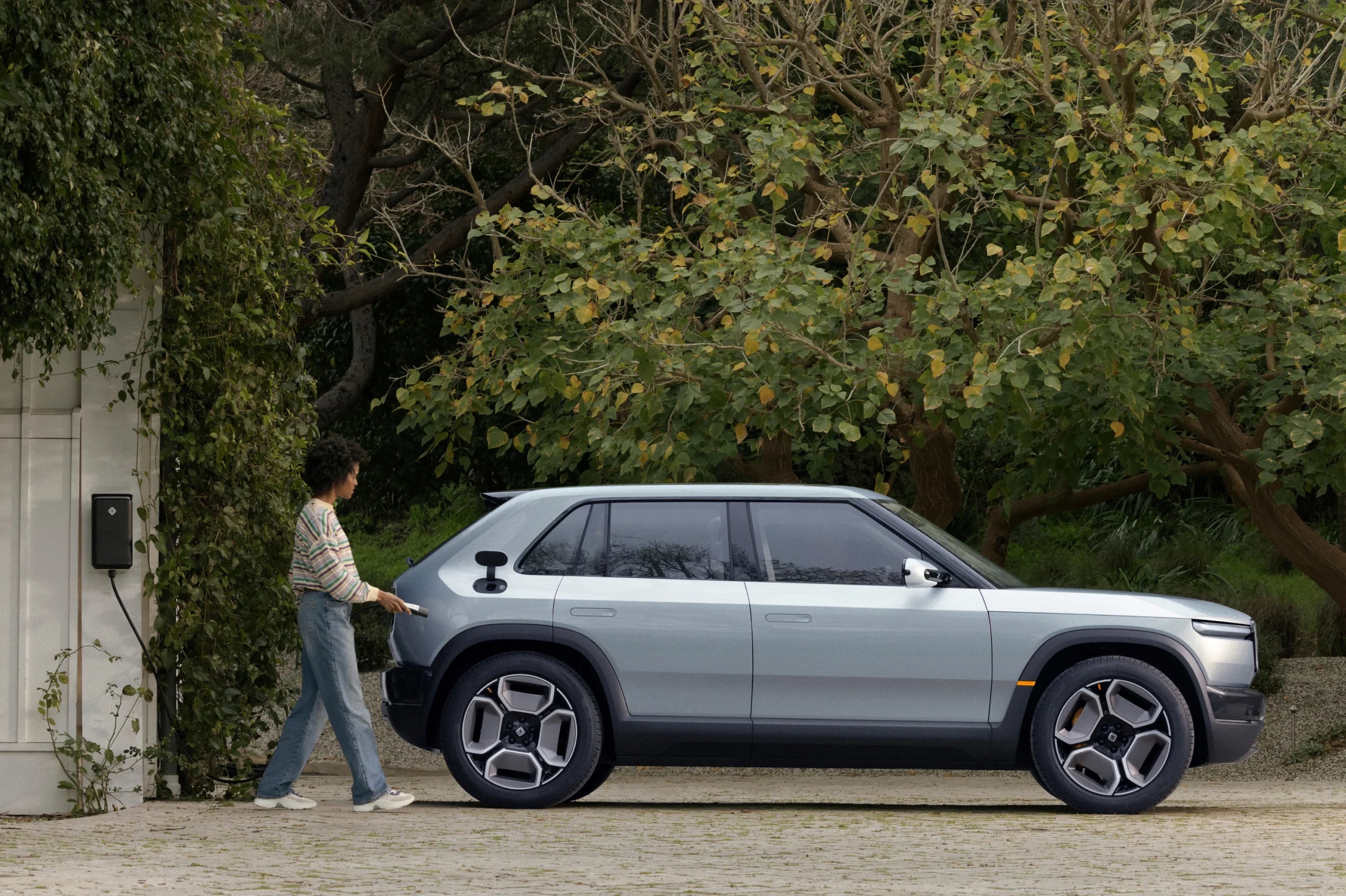
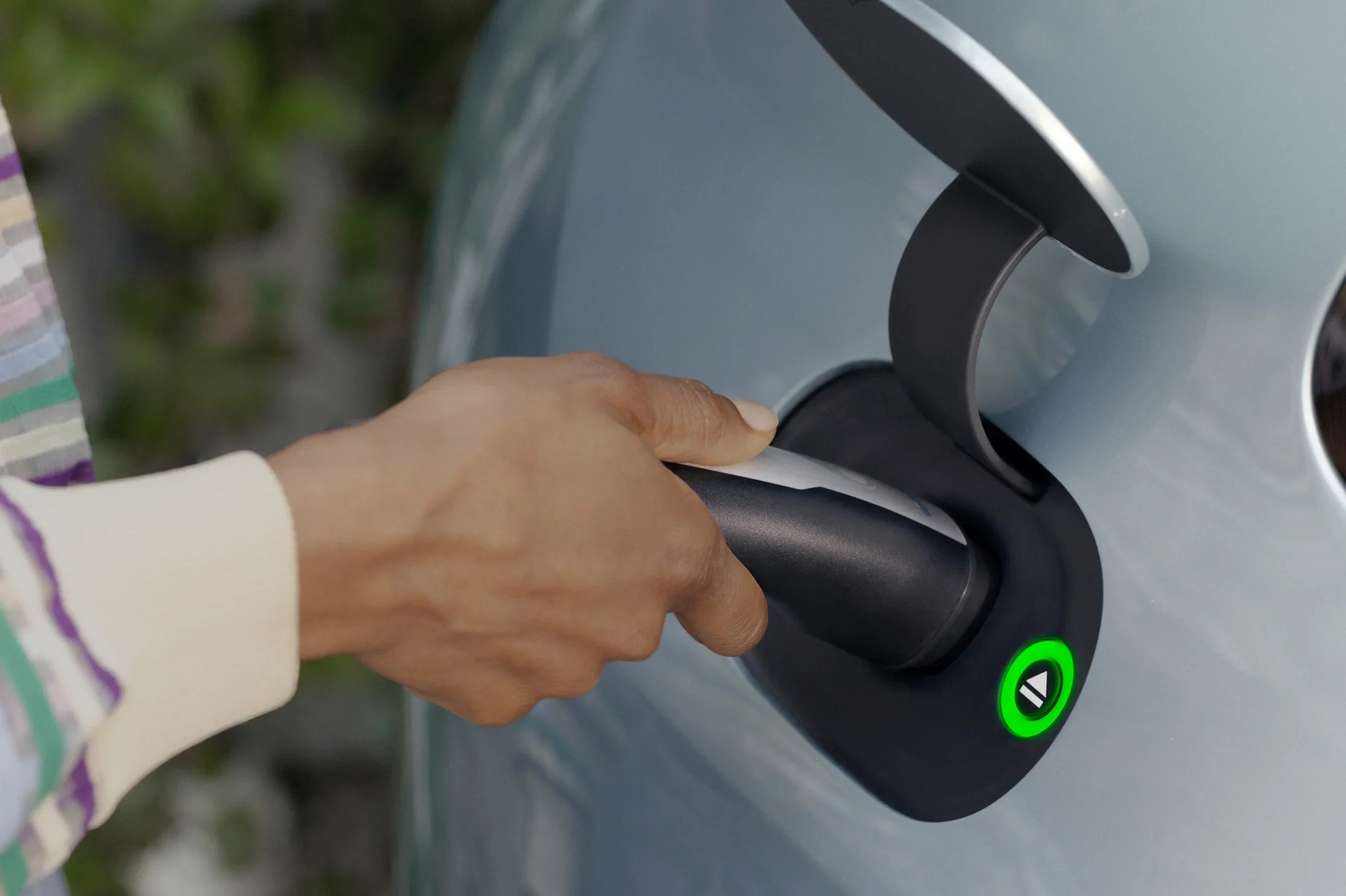
The Rivian R3 is a midsize crossover that is tidy on dimensions but delivers big in terms of performance, off-road capability, passenger comfort, and storage, the company says. R3X is a performance variant of R3 offering even more dynamic abilities both on and off road. The design of the exterior and interior of the R3 are inviting and iconic. The R3 demonstrates the scalability of Rivian’s brand across different form factors while continuing to be immediately recognizable.

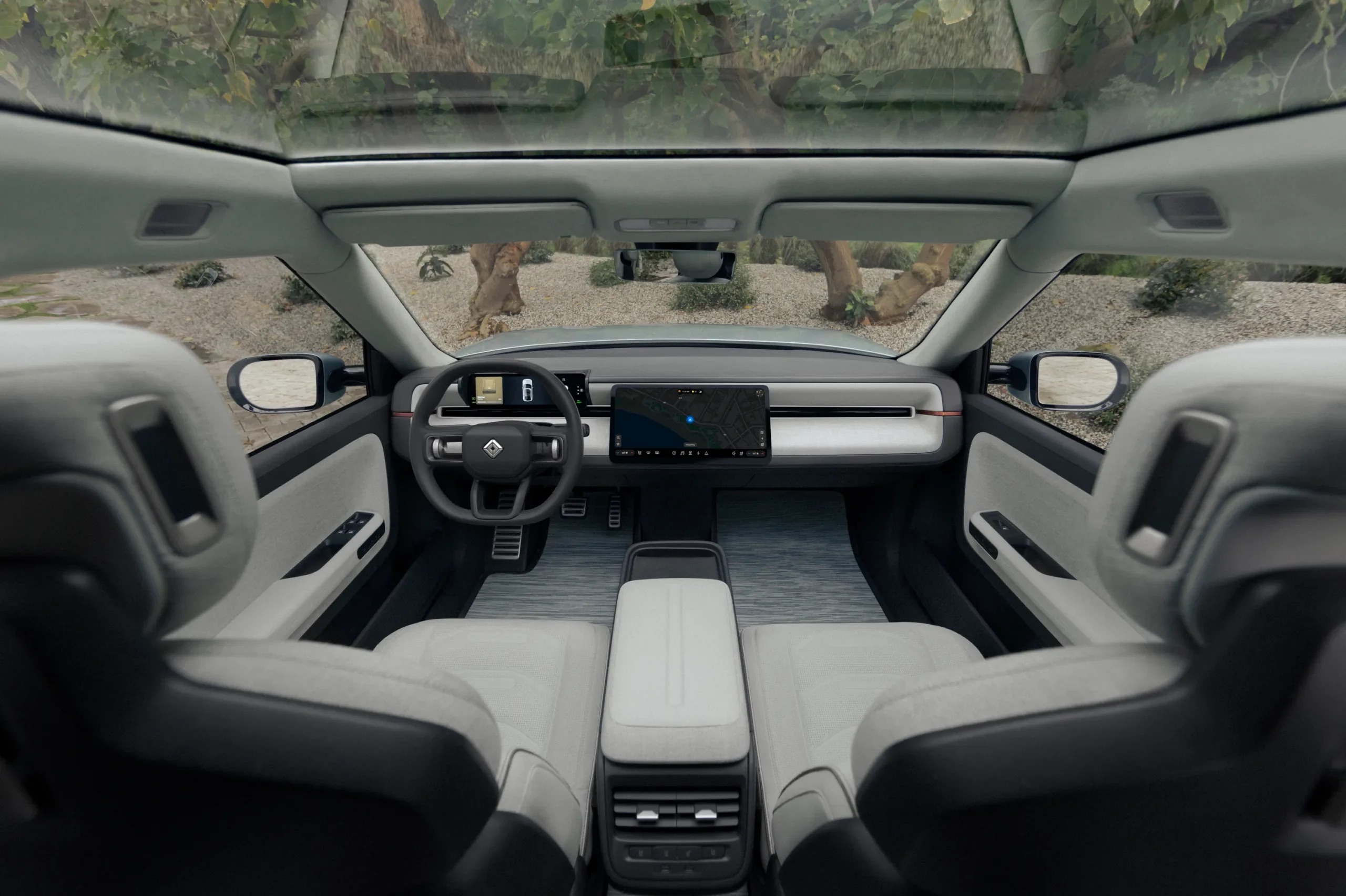
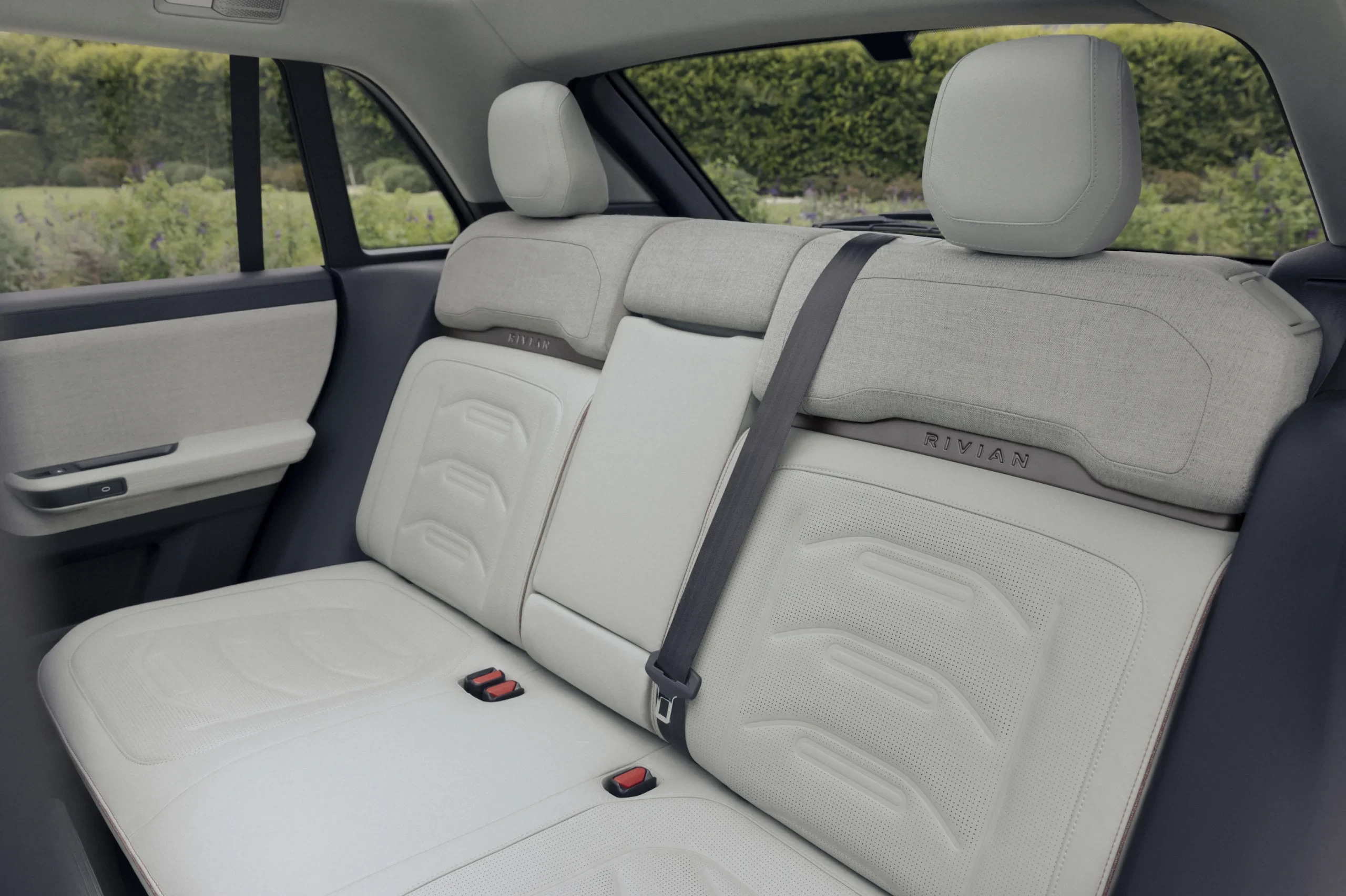
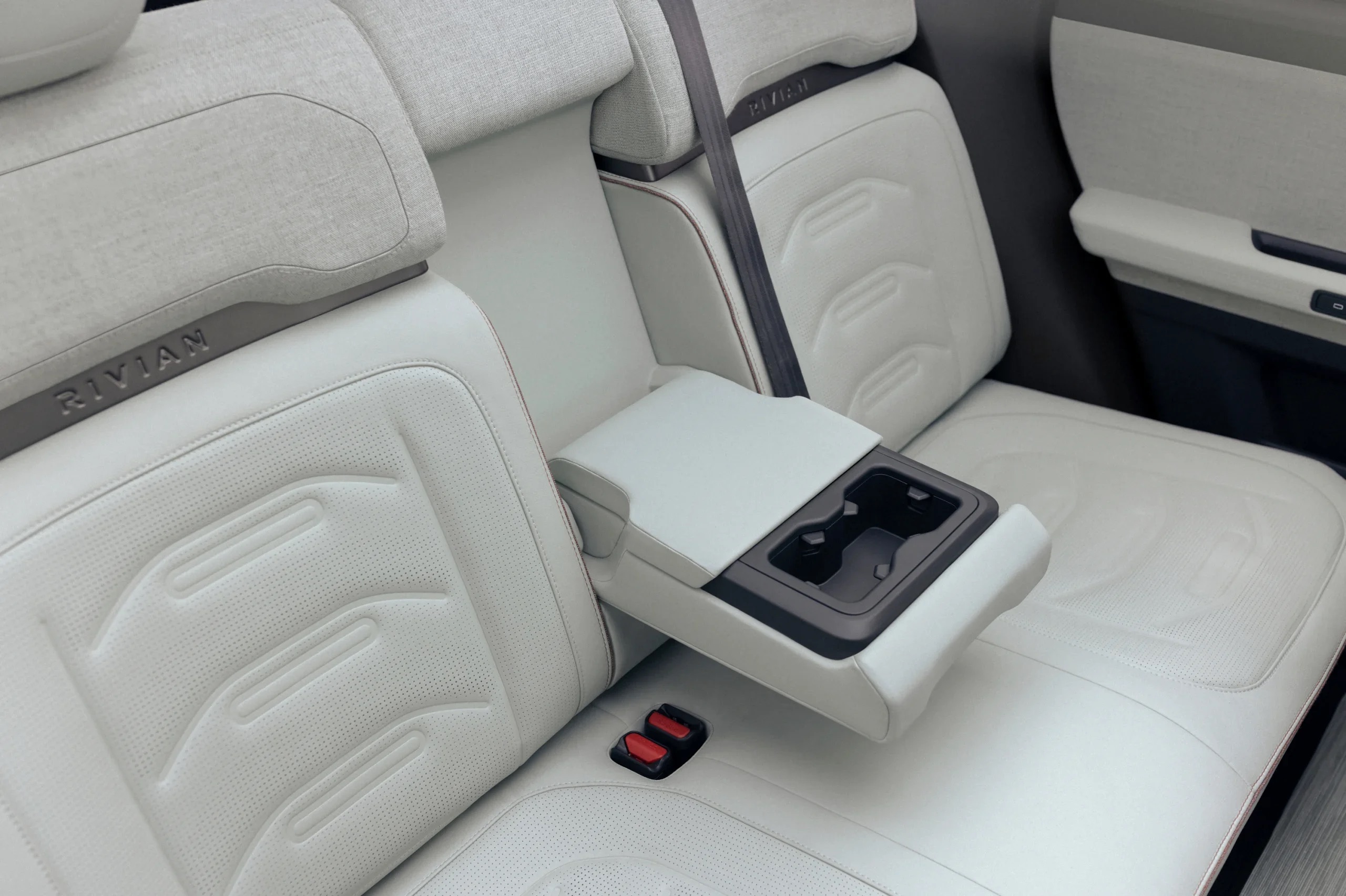
Manufacturing Moving To Normal, Illinois
A year ago, Rivian announced it was building a new $5 billion factory in Georgia, but the company has experienced significant financial headwinds since that caused it to lay off some of its workforce. It is also burning through cash at an alarming rate.
It manufacturers the R1T and R1S in the former Mitsubishi factory in Normal, Illinois, and will start production of the R2 and R3 there to save money. While the Georgia factory remains important to its future plans, it needs to sell some cars and get some cash coming in the door before it can think about a new production facility.
The company believes this approach will considerably reduce financial risk associated with launching and ramping up new models. The capacity of the Illinois factory can be expanded to 215,000 units per year. Once it is on a solid financial footing, Rivian intends to pursue the Georgia factory.
 Chip in a few dollars a month to help support independent cleantech coverage that helps to accelerate the cleantech revolution!
Chip in a few dollars a month to help support independent cleantech coverage that helps to accelerate the cleantech revolution!
The Takeaway
Rivian is in a precarious position. It has exciting new products to offer, but that doesn’t mean it can get them into production successfully. And while a single-motor R2 with the smaller battery may retail for less than $45,000, the all singing, all dancing three-motor long-range version could easily cost $15,000 to $20,000 more. The company hasn’t said yet whether the new models will be eligible for the federal EV tax credit/rebate.
For the moment, the Rivian R2 and R3 are potential bright spots in the EV revolution, but as my old Irish grandmother warned frequently, “There’s many a slip ‘t’wixt the cup and the lip.” It takes more than good designs and press releases to make a successful car company. If two years from now, Rivian closed the doors of its Illinois factory and abandoned its dream of a shiny new factory in Georgia, there are those who would not be completely surprised.
Have a tip for CleanTechnica? Want to advertise? Want to suggest a guest for our CleanTech Talk podcast? Contact us here.
Latest CleanTechnica TV Video
CleanTechnica uses affiliate links. See our policy here.





